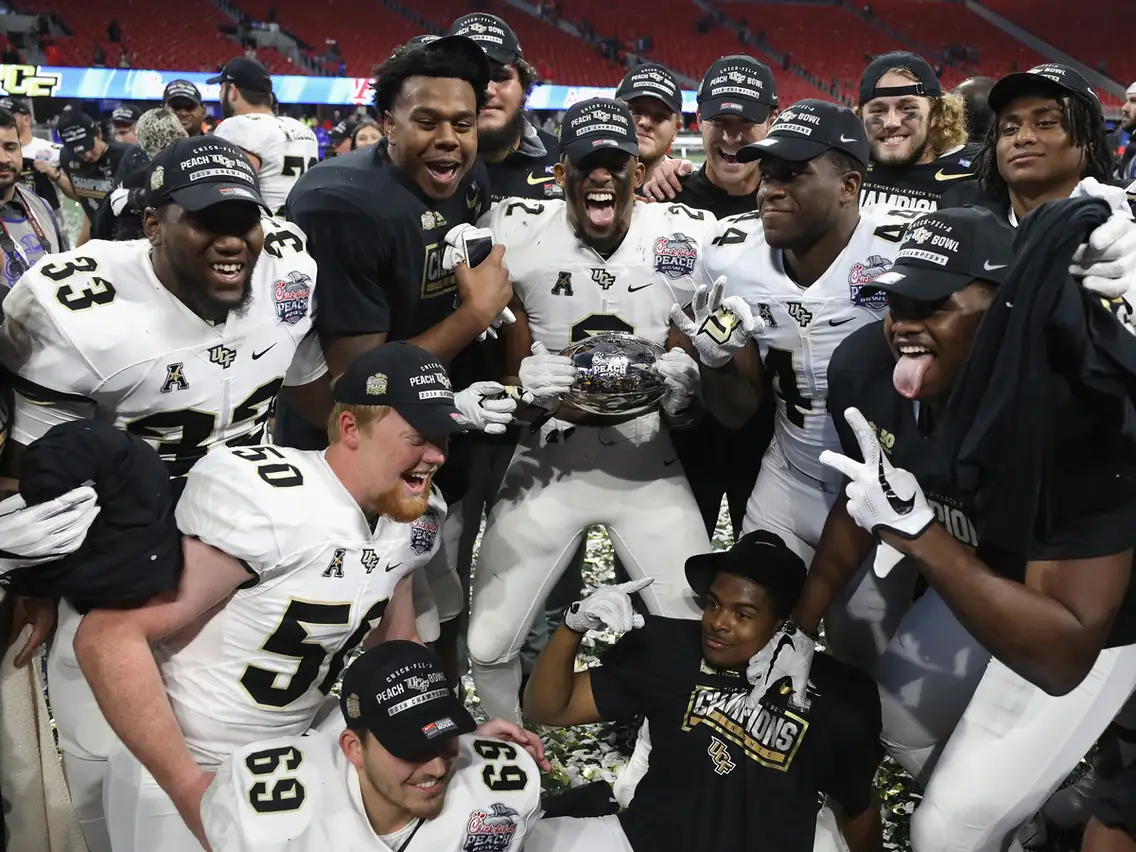
If you grew up in a public school, you have most likely bought school lunch at least once. If that’s the case, you know how unbalanced it is.
For example, in Hudson there is a go-to lunch called “Bosco Sticks,” which are two breadsticks stuffed with cheese, and a side of marinara sauce. Though I enjoyed it at the time, I’m now aware it was far from nutritious or substantial.
It’s not just Hudson with these unacceptable school lunches. There are a few reasons that may explain this nationwide phenomenon. When compared to school lunches in other countries, it is obvious just how unhealthy America’s lunches really are.
Nationwide schools’ lunch budgets are extremely low. According to Food Revolution, over 100,000 public and private schools partake in the National School Lunch Program daily and, supposedly, each lunch meets the FDA’s dietary guidelines for Americans. But are their carb-loaded and processed meals with factory farm meats really nutritious?
Each school only gets about $1.30 to feed each child, and that doesn’t only cover the cost of the food. It also covers the cost of labor, equipment and electricity. So it comes as no surprise that they can only opt for low-quality foods, as opposed to fresh produce, quality proteins and whole grains. Because of the low budgets, rolled back standards and forced ingredients with longer shelf lives, school cafeterias often opt for processed foods that are high in preservatives.
Public school lunches may be held to lower quality criteria than fast food, which is typically thought to be the worst of the worst. Examples of these are chicken nuggets, pizza, hamburgers and iceberg lettuce salads. These nutritionally questionable food choices are common on public school lunch menus. In fact, the standards governing the preparation and food content of school lunches fall short of minimums imposed even upon fast food restaurants, such as KFC and McDonalds.
The United States Department of Agriculture (USDA) oversees the school lunch program countrywide. Although there are strict guidelines in place, a significant percentage of the millions of pounds of meat consumed by children in the school cafeteria continually fail to meet quality standards imposed by fast-food outlets.
No parent should feed their child meat only fit for pet food or compost, yet meat from old birds is exactly what children are being served at some schools, as found by USA Today’s investigation. Even KFC and the Campbell Soup Company refuse to buy such meat because of quality considerations, and these corporations stopped doing so more than a decade ago, yet students are eating this very type of questionable quality meat every day in school.
Low quality meat can lead to serious illnesses due to poor nutrition. According to data from the U.S Centers for Disease Control and Prevention, almost 7,500 children became victims of the norovirus between 2011 to 2020, which was linked to these school lunches. Norovirus was implicated in another 2,000 school sicknesses between these years, although investigators could not definitively determine a cause. Thousands of cases go unreported each year since trusting parents often fail to realize that school lunches are at the heart of the problem.
Despite widespread outbreaks of norovirus in school cafeterias, almost 27,000 schools failed to have their preparation areas inspected last year, even though this is required by the Child Nutrition Act. Startlingly, some 8,500-school kitchens were not inspected at all last year, and over 18,000 were only inspected once instead of twice, as reported by USA Today. Serious illnesses have resulted from lax hygiene policies and schools failing to meet the schools standards. In one case, a student in Polk County, N.C., required emergency room procedures after drinking sweet tea laced with salmonella in the school cafeteria. In another case, almost 30 elementary school students in Beaver County, Pa., were stricken with stomach problems after eating undercooked chicken at lunch.
Although increasing percentages of schools are meeting the minimum quality standards for school lunches each year, there is little doubt that more needs to be done. Because of the low budgets, rolled-back standards, and in order to have ingredients with longer shelf lives, school cafeterias often opt for processed foods that are high in preservatives. Next time you consider getting lunch at the cafeteria, make sure to consider the risks and bad taste that comes with it.






























